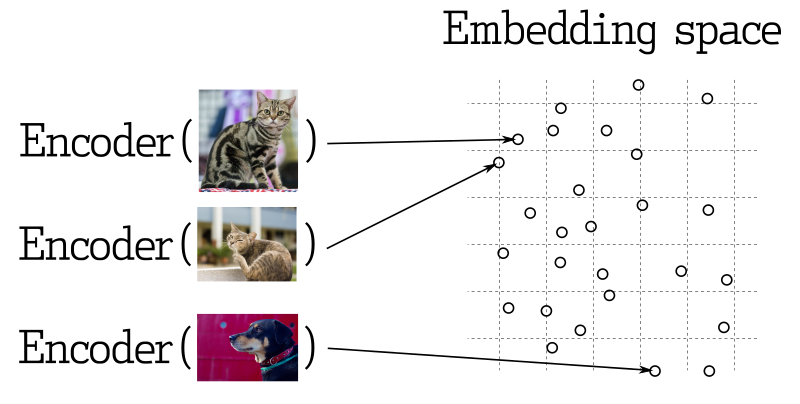Information retrieval technology is one of the main technologies that enabled the modern Internet to exist. These days, search technology is the heart of a variety of applications. From web-pages search to product recommendations. For many years, this technology didn’t get much change until neural networks came into play.
In this tutorial we are going to find answers to these questions:
- What is the difference between regular and neural search?
- What neural networks could be used for search?
- In what tasks is neural network search useful?
- How to build and deploy own neural search service step-by-step?
What is neural search?
A regular full-text search, such as Google’s, consists of searching for keywords inside a document. For this reason, the algorithm can not take into account the real meaning of the query and documents. Many documents that might be of interest to the user are not found because they use different wording.
Neural search tries to solve exactly this problem — it attempts to enable searches not by keywords but by meaning. To achieve this, the search works in 2 steps. In the first step, a specially trained neural network encoder converts the query and the searched objects into a vector representation called embeddings. The encoder must be trained so that similar objects, such as texts with the same meaning or alike pictures get a close vector representation.
A neural encoder places cats closer together.
Having this vector representation, it is easy to understand what the second step should be. To find documents similar to the query you now just need to find the nearest vectors. The most convenient way to determine the distance between two vectors is to calculate the cosine distance. The usual Euclidean distance can also be used, but it is not so efficient due to the curse of dimensionality.
Which model could be used?
It is ideal to use a model specially trained to determine the closeness of meanings. For example, models trained on Semantic Textual Similarity (STS) datasets. Current state-of-the-art models could be found on this leaderboard.
However, not only specially trained models can be used. If the model is trained on a large enough dataset, its internal features can work as embeddings too. So, for instance, you can take any pre-trained on ImageNet model and cut off the last layer from it. In the penultimate layer of the neural network, as a rule, the highest-level features are formed, which, however, do not correspond to specific classes. The output of this layer can be used as an embedding.
What tasks is neural search good for?
Neural search has the greatest advantage in areas where the query cannot be formulated precisely. Querying a table in a SQL database is not the best place for neural search.
On the contrary, if the query itself is fuzzy, or it cannot be formulated as a set of conditions — neural search can help you. If the search query is a picture, sound file or long text, neural network search is almost the only option.
If you want to build a recommendation system, the neural approach can also be useful. The user’s actions can be encoded in vector space in the same way as a picture or text. And having those vectors, it is possible to find semantically similar users and determine the next probable user actions.
Let's get our hands dirty in the next part of the tutorial.




















